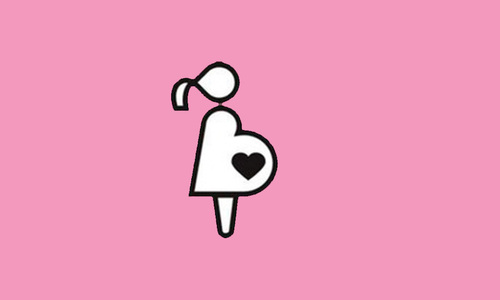Khadija (not her real name) is a 60-year-old woman.
She started having dull central chest discomfort while she was cooking the afternoon meal for her family. She decided to ignore it.
It is when she started feeling nauseated and sweaty an hour later that she alerted her husband. He tried to convince her to go to the emergency room (ER) but that night they were hosting many guests for dinner at their house.
She refused to go. The pain was likely indigestion, she reasoned.
The next morning, after entertaining her guests while experiencing substantial discomfort and shortness of breath the night before, she finally let her husband take her to the hospital.
In the ER, an electrocardiogram showed that she had suffered a myocardial infarction. In other words, she had had a heart attack, and by the time she showed up to the ER, she had missed the window to receive immediate reperfusion therapy.
Read next: How Pakistan's fear of opioids forces my mother to endure cancer pain
An ultrasound revealed that she had suffered a large heart attack causing her heart pump function to be significantly reduced.
This meant that she would, in the future, be at a higher risk for sudden heart failure.
Khadija’s story sounds very familiar to physicians who deal with emergencies and to those of us who practice cardiology.
All too often, women ignore their symptoms, seek medical attention very late and, consequently, have higher chances of death from a heart attack.
While traditionally considered a ‘man’s disease’, cardiovascular disease is the leading cause of death for both women and men globally.
And while death rates from heart disease have significantly declined in high-income countries, they are on the rise in countries like Pakistan.
According to publicly available data from the World Health Organization, women in Pakistan have much higher age-standardised rates of death from cardiovascular disease (293.6 deaths per 100,000 cases) compared with men (256.4 deaths per 100,000 cases).
Emerging science points to important sex differences in the development, clinical presentation, and health outcomes of heart disease in men and women.
Although men and women share similar risk factors for heart disease, certain risks such as high blood pressure, diabetes, physical inactivity, lack of daily intake of fruits and vegetables and psychosocial stress are more operative in South Asian women.
Related: I'm glad Imran Khan has highlighted stunting. But there is more to it than clean water and food
The INTERHEART study that included data from 52 countries, studied 15,152 subjects with myocardial infarction (heart attacks) and 14,820 subjects without heart attacks (controls).
It identified nine potentially modifiable risk factors — smoking, high blood pressure, diabetes, abdominal obesity, high-risk dietary patterns, physical inactivity, alcohol consumption, plasma apolipoprotein and psychosocial stress — that accounted for 96 per cent of the risk for a heart attack in women globally.
In a study we conducted at Duke University Medical Center in the United States, we found that women with coronary heart disease had greater adverse cardiovascular responses to mental stress than men.
A recent study of young women hospitalised with heart attacks found that many failed to accurately gauge their personal risk for heart disease despite a family history of heart disease; they often attributed symptoms to non-cardiac causes and many a times had competing priorities that influenced their care-seeking behaviour.
Explore: Why are Pakistani doctors assisting in the 'missing women' phenomena?
Women’s health has traditionally been synonymous with reproductive health, so it comes as no surprise when this study also showed that women reported poor access to preventative care services prior to a heart attack.
Women are older when they present with their first heart attack, almost 10 years older than the presenting age for men.
When they do present for care, many studies worldwide have shown that women are less likely to be treated with guideline-directed medical therapies, less likely to undergo angiography and less likely to receive timely intervention.
Data for Pakistan is scarce, but in the United States, regardless of age, more women than men will die (47pc vs 36pc), develop heart failure or stroke within five years of the first heart attack.
Greater awareness of symptoms and personal risk for a heart attack is essential to seeking timely care on the part of the patient and, importantly in our society, their relatives.
Special coverage: The poor state of Pakistan’s healthcare system
Rural and urban health systems can and should work together to coordinate the care of patients with heart attacks.
A team approach is essential to delivering timely reperfusion that is key to reducing the mortality and consequent immense societal impact of losing young men and women.
In this context, a first step is gathering and analysing local contextual data to understand the landscape and barriers to access so that interventions can be implemented and tracked over time.
Pakistan’s population is primarily young and instituting effective preventive measures is likely to have a profound and early impact in our country.
Are you working to improve women's access to healthcare? Share your experience with us at blog@dawn.com















































